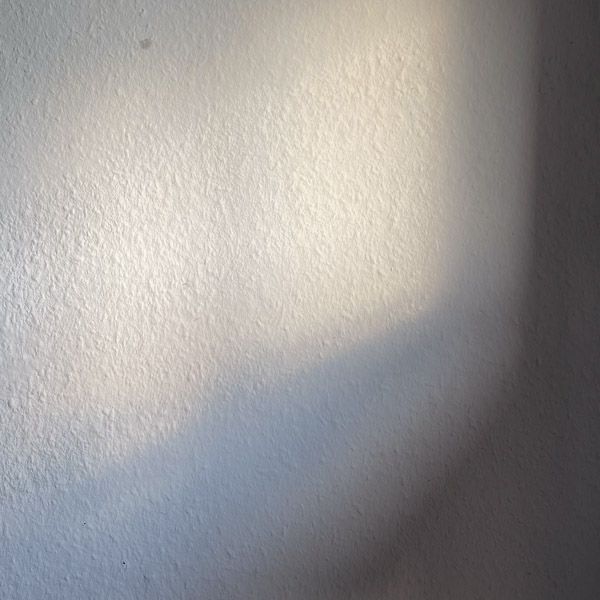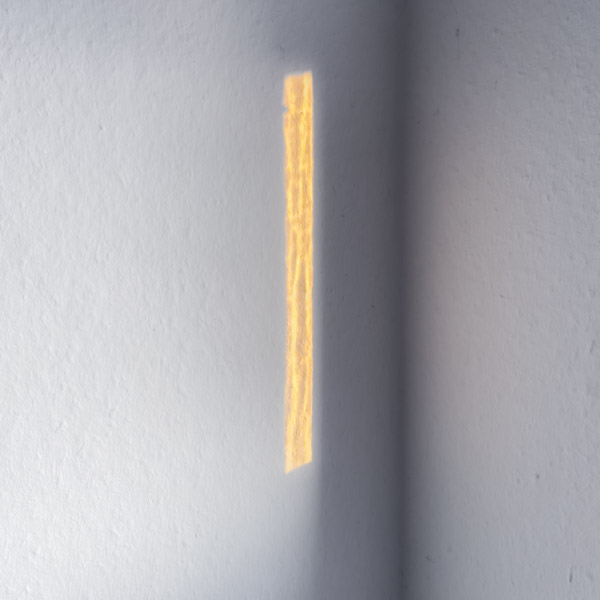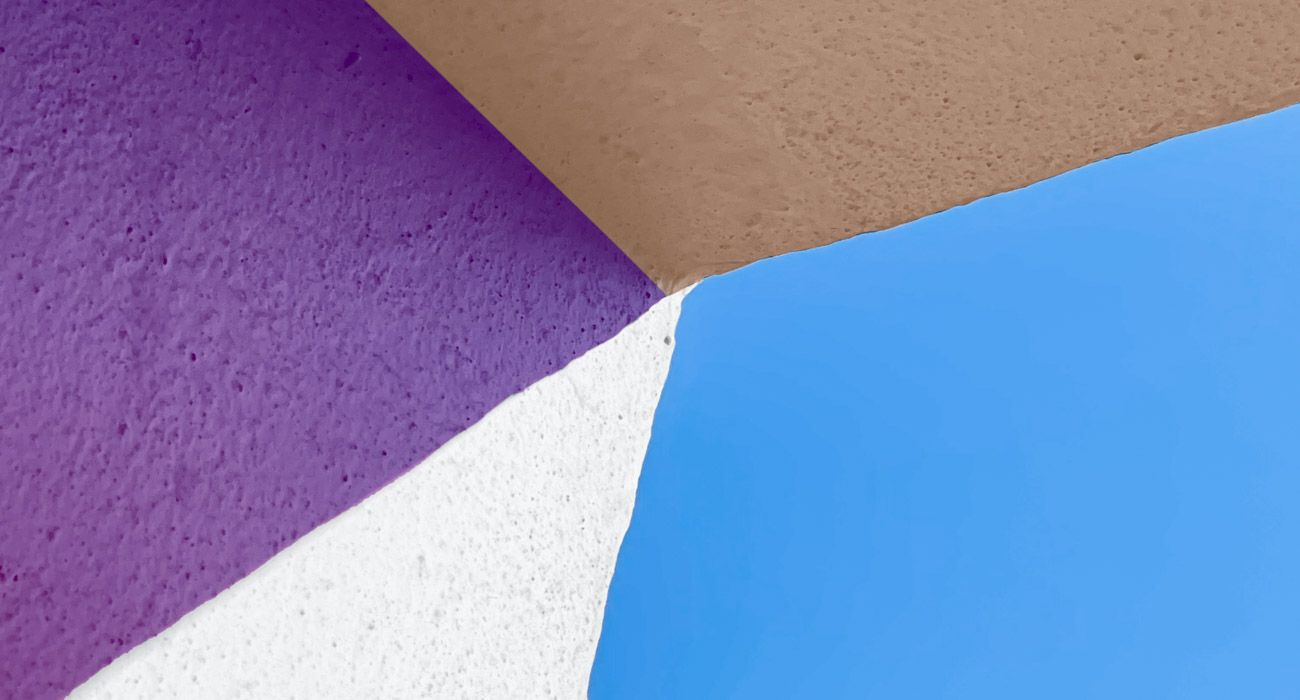Macro Poetry of the Room: The Abstract Language of Shadows
Every dawn brings a new composition in my flat. The sun’s light shifts, and its window-frame shadows dance across the walls—sometimes bold and geometric, sometimes soft and languid—each frame a fleeting abstract painting. This morning ritual has become a series I call “Macro Poesy of the Room.” With intimate, close-up captures, it elevates ordinary aspects of lighting into visual haikus: pared-down, evocative, and always changing.
The Visual Language of Shadows
In my series, the interplay of sunlight, window frames, and occasional objects yields infinite variations. The resulting forms fluctuate—hard-edged or subtle, sharp or diffuse—based on the sun’s position, cloud cover, and micro-movements in my space. It’s a visual meditation grounded in temporality and everyday architecture.
Photography and Light: A Rich History
This intimate theme aligns with a broader legacy in abstract and conceptual photography:
Paul Strand’s “Abstraction, Porch Shadows” (1916) transforms ordinary porch light into geometric abstraction—an early example of reducing light and shadow to their formal essence. ([Wikipedia])
Uta Barth’s window light series explores perception and temporality. In works like *…and of time*, subtle light grids and their shifts become the visual subject, reframing how we notice light’s quiet presence. ([Wikipedia][2])
In the Bauhaus and avant-garde traditions, artists such as László Moholy-Nagy (photograms), Man Ray, and Barbara Kasten used shadow and light—often cameraless—to distill pure abstraction. ([creative, [The Guardian]
Contemporary photographers continue this dialogue: Pedro Abreu’s “Shadows of a Window” series preserves the mystery of light and moment in domestic contexts. ([Saatchi Art])
Technique: Capturing the Ephemeral
A few tips to hone this style:
Use macro or close-up framing to emphasize abstract shapes over context.
Shoot during golden or early morning light when shadows are long and soft.
Selective exposure and cropping help isolate the geometry and mood you want to convey.
Why It Resonates
It captures transient beauty—moments that vanish within minutes.
It transforms the familiar (your room, a shadow) into something poetic.
It invites visual mindfulness, asking the viewer to slow down and observe light’s nuances.
Conclusion
“Macro Poetry of the Room” is more than photography—it’s a sensory ritual in stillness, a poetic exploration of how light shapes an interior world. Through these abstract forms, we rediscover the art embedded in everyday moments.








